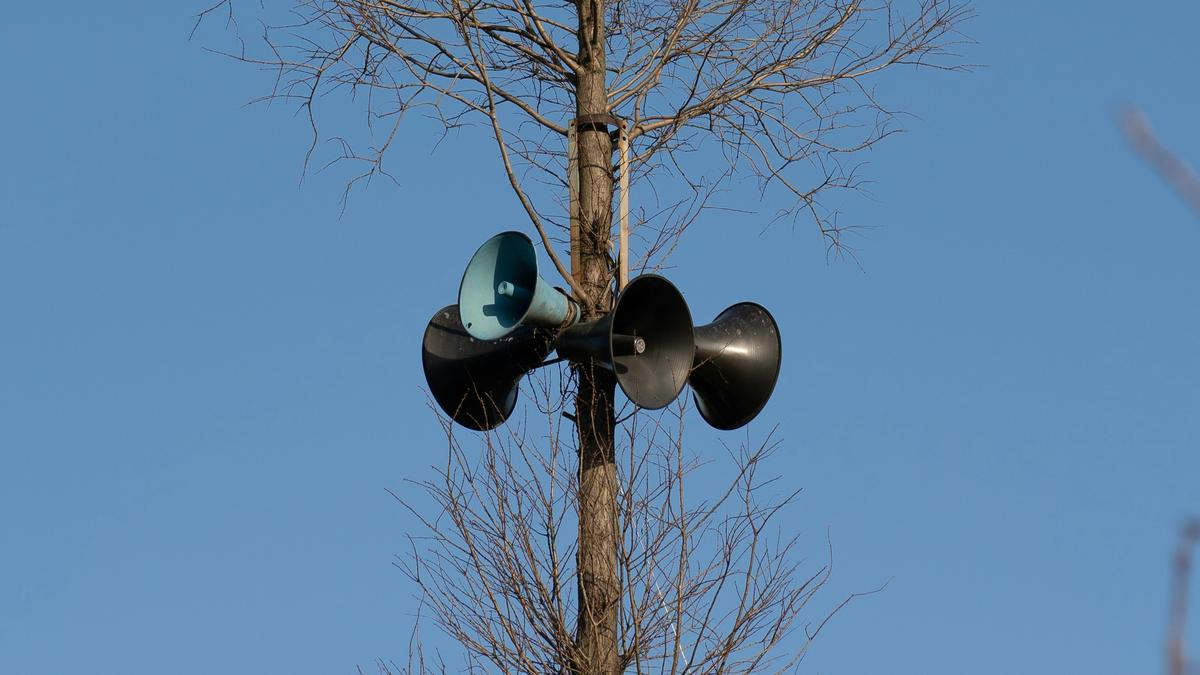



ESA's Gaia mission (2013–2025) mapped over 2 billion stars, revealing the Milky Way’s warped structure, black holes, and asteroid threats. Positioned at L2, it used advanced instruments for precise measurements. Contributing to 13,000+ studies, Gaia's data reshaped astronomy before its retirement in March 2025 after a decade of discoveries.

Copyright infringement not intended
The European Space Agency (ESA) shut down its space observatory mission, Gaia.
The European Space Agency (ESA) launched the Gaia mission in December 2013.
Originally named Global Astrometric Interferometer for Astrophysics (GAIA), the mission was renamed Gaia. It aims to create a three-dimensional map of the Milky Way galaxy.
It has observed over 2 billion stars and collected 3 trillion data points.
It provided insights into the current structure of the Milky Way, and also its past and future evolution. For example, scientists have used Gaia’s data to discover the galaxy’s warped disc, identify new types of black holes, and predict potential asteroid threats to Earth.
This mission has directly contributed to over 13,000 scientific publications, making it one of the most impactful space missions in history.
Gaia is positioned at Lagrange Point 2 (L2), about 1.5 million kilometers behind Earth as viewed from the Sun -> The location provides a stable environment for long-term observations.
It carries three instruments:
Gaia has a billion-pixel camera, the largest ever flown in space. Twin telescopes onboard capture light from different directions and direct it onto this single digital camera, enabling Gaia to observe the faintest stars with incredible accuracy.
Over its decade-long mission, Gaia mapped stars with a precision equivalent to measuring the thickness of a human hair from 2,000 kilometers away.
The Milky Way’s disc is not flat but warped and wobbles like a spinning top -> likely results from gravitational interactions with smaller satellite galaxies.
Before Gaia, astronomers detected black holes indirectly by observing the light emitted by materials falling into them. Gaia discovered “truly black” black holes—objects detectable only through their gravitational effects on nearby stars.
Gaia identified over 150,000 asteroids within our solar system, including potentially hazardous ones that could collide with Earth in the future.
By analyzing the motion and composition of stars -> Gaia provided indications about how the Milky Way formed and evolved.
Gaia didn’t just map the present state of the galaxy; it predicted how it will change over time. Scientists now know that the Milky Way will continue to interact with neighboring galaxies.
|
After operating for over a decade, Gaia completed its final observation on January 15, 2025. On March 27, ESA officially retired the spacecraft by "passivating" it—draining all internal energy sources to ensure it won’t reboot accidentally. |
Must Read Articles:
Astronomers discovered Gaia BH3
Gaia, mapping a billion stars in space, hit by micrometeoroid
Source:
|
PRACTICE QUESTION Q. Analyze India's contributions to global space research through missions such as Chandrayaan and Mangalyaan. How do these efforts align with national development goals? 250 words |











© 2025 iasgyan. All right reserved